from Dr. Mark Naison’s blog “With a Brooklyn Accent" | http://bit.ly/1nZhNS3
March 11, 2014
A letter to my students of Los Angeles Unified:
You have been failed.
You have been failed not by the school or your teachers (or their boogeyman union), but by people far removed from the world you inhabit. These people in plush houses and all the creature comforts of life have tried to label the school you are now attending a failure, but the people who know only “of” you--who have never come down to see you in your class and home environment—are more interested in their own profit and aggrandizement than in actually seeing you succeed.
The failure has been on their part and the interests they represent in demonizing you and your situation.
Let me begin by saying I realize as an English teacher that everything is about definition and who gets to CONTROL definition. Thus it is with this powerful word: “education”. It does not mean the same thing to everybody.
There are two models of education that are in play.
One definition of “Education” is defined by people with tremendous power, both political and financial. It is a form of “education” that kids of our school shall receive.
There is another definition of “education” that exists that is entirely outside YOUR sphere because they genuinely believe you are not worthy of it.
Your own LA School Superintendent John Deasy will tell you that you shouldn’t worry about 40 and 50 kids in a class because that doesn’t matter. He tells you that the cleanliness of your school doesn’t matter. He tells you that the lack of electives doesn’t matter. He tells you that the lack of interesting classes, of arts programs of field trip opportunities don’t matter. He tells you that if only you had “better” teachers, your situation in life would change dramatically.
He knows this because what matters is how well you can do on a test. If you do well on a test it PROVES to his system that you are “educated.” Your quality of life in every other aspect is of little real concern to him.
John Deasy’s children and the children of his friends have a different model of education. They DO NOT get what you get. They get the BEST of education in a completely different environment. Look where so many people in LAUSD district headquarters send their kids. Are they the kids next to you in your classes? I would love you to go to their schools and check out what they have and see how wildly different it is from what you have experienced.
Like many school districts across the country, we are now beholden to forces far above that dictate our lives. The Pearson Testing organization (they run ALL the standardized tests that are inflicted upon you through the course of your life) and the Bill Gates corporation (the gagillionaire who is behind the advent of the Common Core and all those “education” software products have recently joined forces to make sure all your younger brother and sisters are under their yoke for good: http://www.digitaljournal.com/pr/1748922 while controlling and dictating the education market far into the future.
You see, education is Big Business. It is not about what is best for you. It is what is best for people who have power over your lives.
Pearson and Bill Gates KNOW what incredible things are out there in the world and the potential of a real education. Believe me, they make sure THEIR OWN KIDS take full advantage of it. They will give you computer programs and software instead. None of it is designed to challenge you as a thinking individual. There will be a lot of bells and whistles to the programs to simply make you DO the assignments. In their philosophy, they ask, “What has to happen for kids to DO their work?” Simply give you a computer program. Viola!
When was the last time you ever went on a field trip in LAUSD? When was the last time you got out and did something cool, exciting, interesting or mind-blowing? IT IS NOT A PRIORITY. If you did, it was because a teacher did something despite the school district, not because of it.
You get an iPad that you already know is old news and you do scripted assignments on it and are not allowed to take it home to do what YOU want to do with it. You do what THEY TELL YOU to do with it on programs that have bankrupted your district and made a tidy profit for the Testing Companies.
Your School Superintendent believes THIS IS WHAT YOU MOST NEED for your lives. He tells you THIS IS YOUR CIVIL RIGHTS issue. He is Rosa Parks fighting for Apple and Civil Rights is not your packed classrooms or any elective classes that would actually bring joy to your lives. If I had my way, it would be mandated that kids had to go on at least EIGHT field trips a school year. You all know that a SMART field trip is what you remember from school and has the ability to change your life. That means NOTHING to Pearson and Gates. It means NOTHING to many school districts who oversee urban education. They couldn’t care less. If it happens in school, great, but they certainly make ZERO effort to encourage it.
The TESTS are his biggest concern. Not your critical thinking skills. That is lip service since his notion of “critical thinking” and mine are at wild variances.
LAUSD now is LAUSD, INC. Under John Deasy, we are a factory. The goal is to just get you through high school and if we can prove you have done well enough on Pearson Tests, we proclaim you “educated”. Their bar which they believe is the TRUE measure of education is pathetic. It is insulting. It is abusive. It is a joke. He and Eli Broad have staffed LAUSD with like-minded administrators and district hires to oversee his pedagogy. The destruction of public education in LASUD is being cheered by the highest political and business powers while schools and communities are left reeling in the process.
You have heard all your life that we are trying to make you more competitive in a global economy. Another joke. These same powers-that-be have made sure that your lives are going to always be a struggle. For whatever token 1% of you can manage to get a full scholarship to college, the majority of you will have to incur massive student loan debt to “compete” with other kids who have had much higher privilege than you have enjoyed.
They will tell you it’s all about hard work and perseverance (and believe me, I’m not belittling those qualities at all!), but John Deasy got both his education and position through being guided and handled by the billionaires Eli Broad and Bill Gates. You are not likely to be as fortunate as him. He claims all his achievements are due to all his own hard work—again, a joke. Few individuals in life get so pampered and rewarded as he has been, but that is how the society works.
You get all the cheerleading illusions of “you-can-be-anything-you-want-to-be!” but society is still ruled by the powerful elite who protect their own. Thus you are on the short end of a two tiered education system where one group keeps gaming the system for their own while you continue to struggle with the crumbs they throw you.
Your future is not in getting an iPad. Your future lies in realizing these phony gestures are meant to hurt you and KEEP you from getting what you are entitled to.
The education model they give you WILL harm you far more than if you were to just go to any library in the country and start reading all the books that interest you, start searching for websites that intrigue and inflame your brain, skip school to hit up the museums and art galleries and dance and theater performances that your school NEVER takes you to. You will have a much better shot at succeeding in life than if you stay within the Gates/Pearson/Deasy system you are being condemned to.
As a National Board Teacher, I am duty bound to tell you this. To pretend you are not in a grand political struggle is a lie. Deasy, Pearson, Gates, Race to the Top and the Department of Education are all political beasts who are in no way neutral about your life. They pour billions of dollars into school board races and appoint superintendents across the land to make sure their interests are enacted. They are not benign and helpful. They seek to hurt you with their vision for your future life.
Their grand talk is really only about their own selfish interests. You are outgunned by their money and political clout, but you can fight them guerilla style like other smart revolutionaries before you.
That means getting smart on your own terms. Reject theirs. Become aware and fight for our school. Fight for your families. Fight for your community. Fight for all kids everywhere in your situation. Do whatever you can to oppose their plans for you.
I wish you a much better life than what they offer.
Together, we will achieve it.
Sincerely,
--Your High School English Teacher




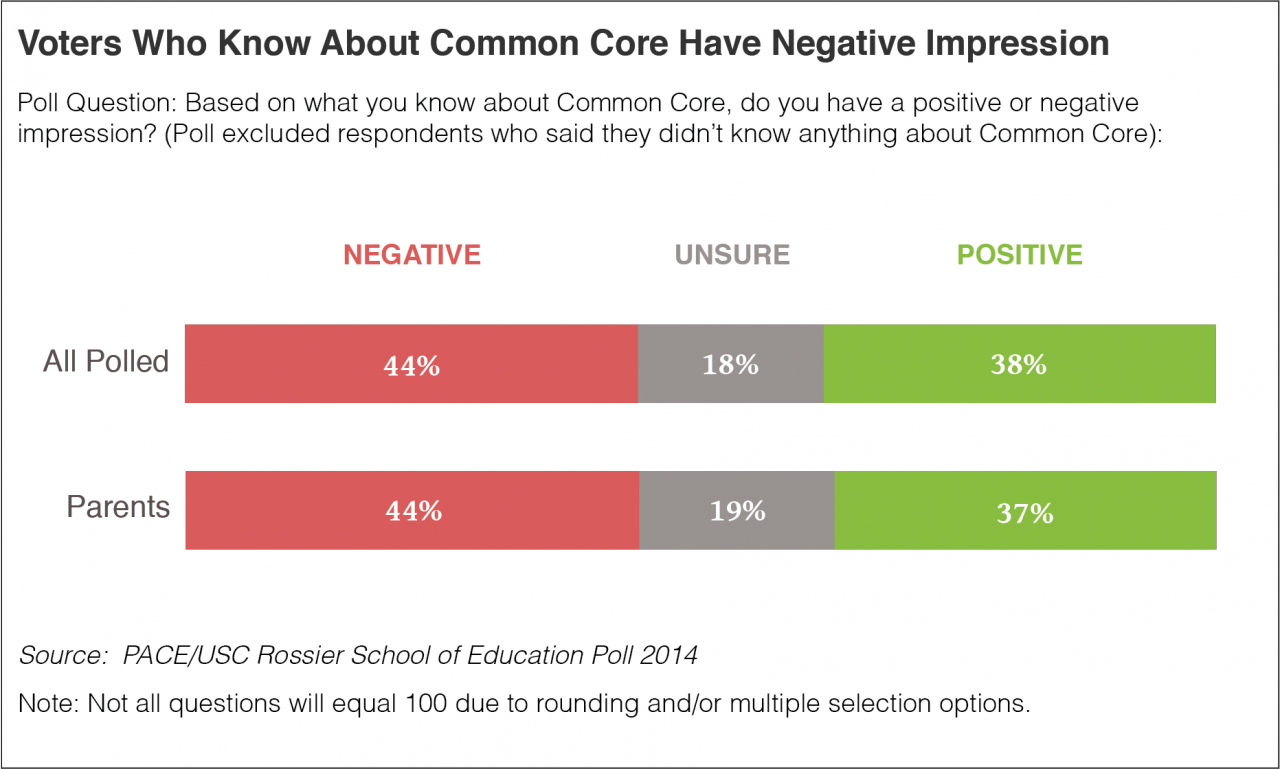
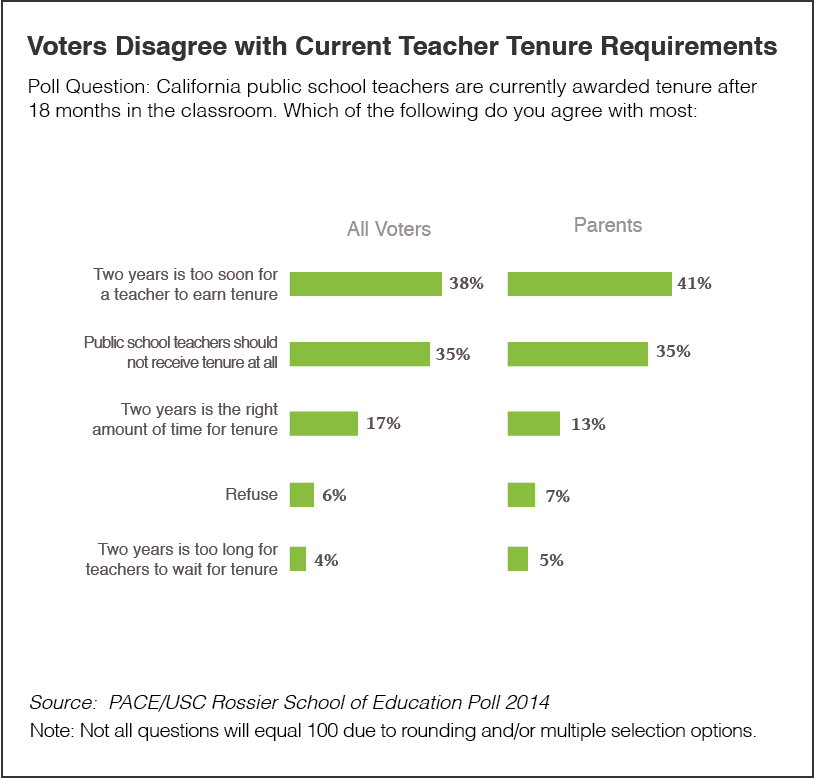
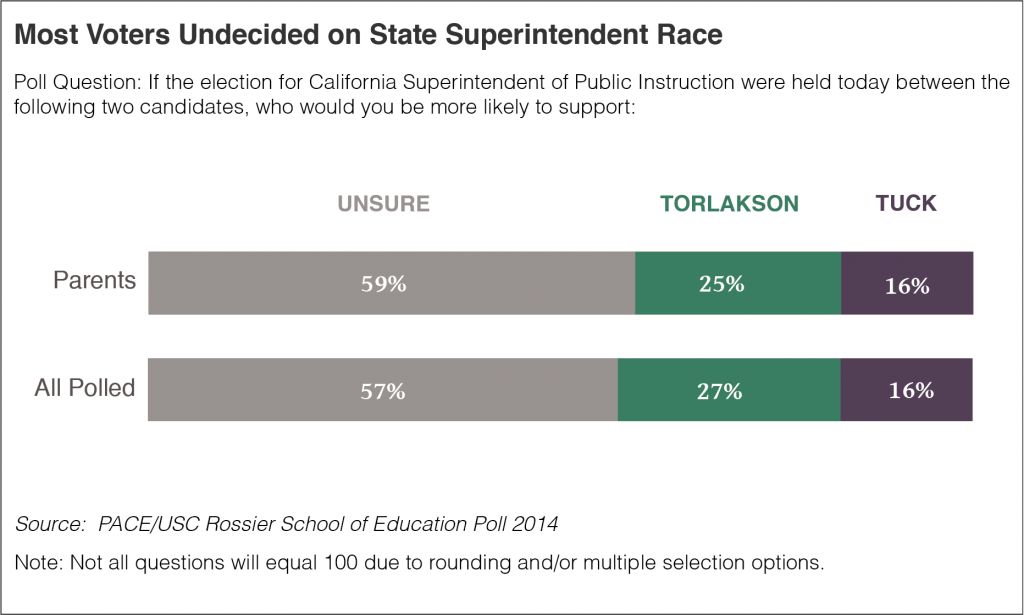
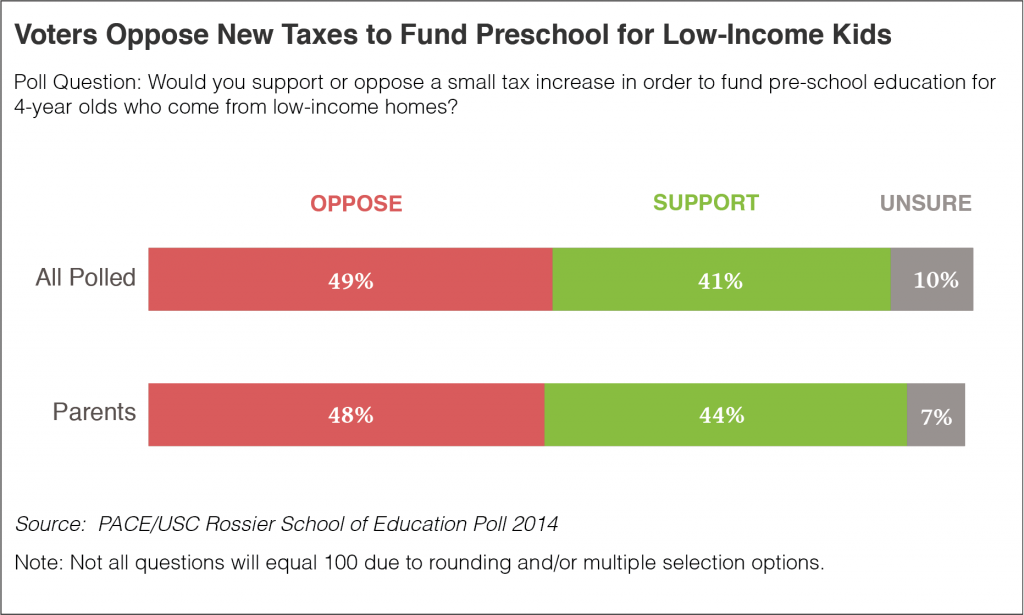
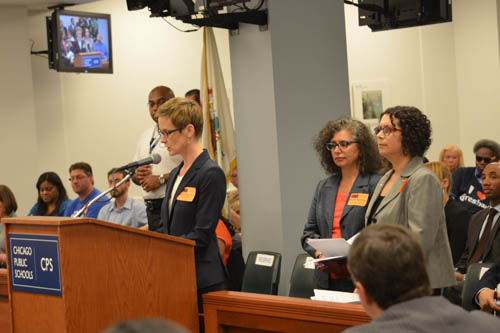
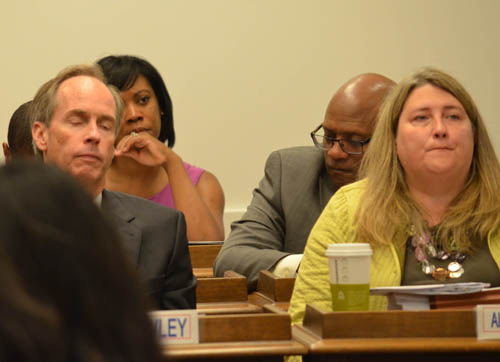
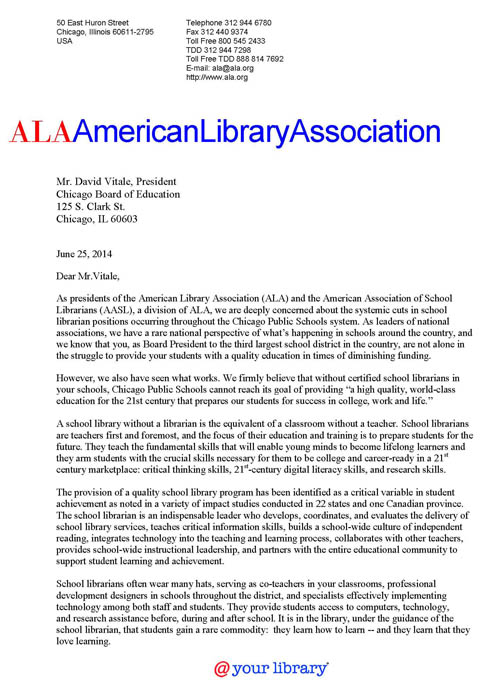 First page of the ALA letter to Chicago Board of Education President David Vitale presented to the Board on June 25, 2014.Good morning. My name is Megan Cusick and I am a CPS Librarian and a CPS parent.
First page of the ALA letter to Chicago Board of Education President David Vitale presented to the Board on June 25, 2014.Good morning. My name is Megan Cusick and I am a CPS Librarian and a CPS parent. 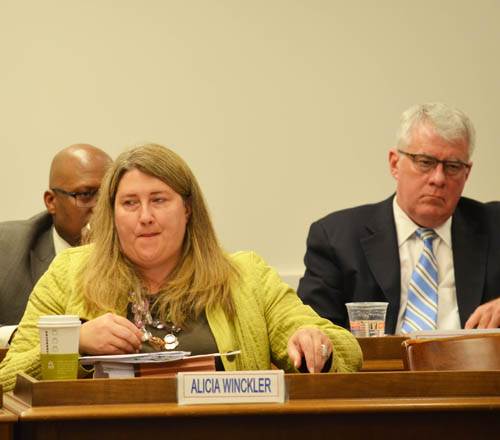
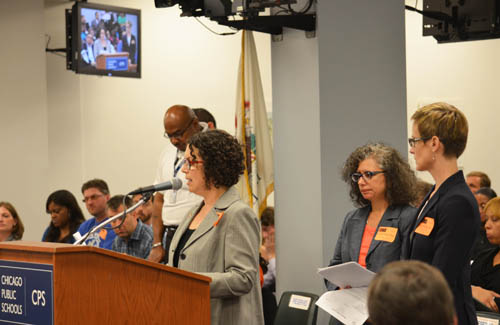
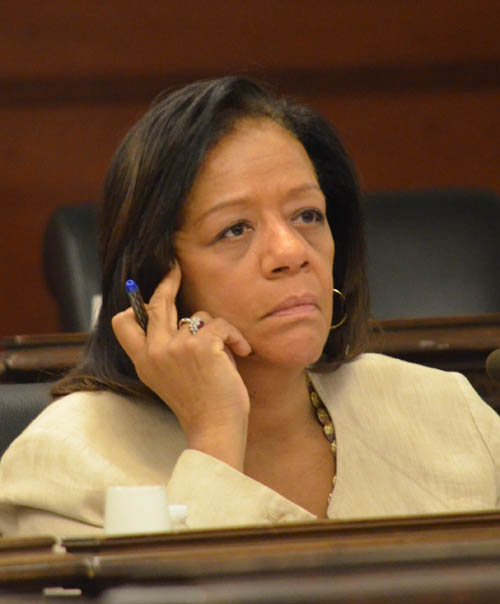
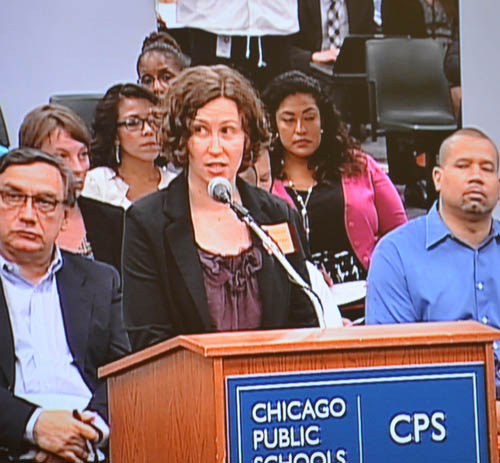 Yet, in CPS, school librarians and school libraries are disappearing rapidly. Due to “perpupil” budgeting and an unfunded mandate for more PE and art minutes, school librarians are being placed in classrooms and school libraries are becoming store rooms.
Yet, in CPS, school librarians and school libraries are disappearing rapidly. Due to “perpupil” budgeting and an unfunded mandate for more PE and art minutes, school librarians are being placed in classrooms and school libraries are becoming store rooms. 

 Now is a good time to explore why young people conflate the world wars, why World War II eclipses World War I in their view of the past, and the costs of wearing historical blinders. June 28 marks the centenary of the assassination of Archduke Franz Ferdinand, which triggered World War I. Historians are having a field day with new studies of the Great War that identify it as the starting point for almost every significant global event since, from terrorism to genocide. Europeans are commemorating the anniversary with pomp, circumstance and curricular attention in schools.
Now is a good time to explore why young people conflate the world wars, why World War II eclipses World War I in their view of the past, and the costs of wearing historical blinders. June 28 marks the centenary of the assassination of Archduke Franz Ferdinand, which triggered World War I. Historians are having a field day with new studies of the Great War that identify it as the starting point for almost every significant global event since, from terrorism to genocide. Europeans are commemorating the anniversary with pomp, circumstance and curricular attention in schools. Americans, however, continue to dwell on other conflicts — mainly the Civil War and World War II. Both are labeled "good wars" because one eradicated slavery and the other fascism, thus justifying the profuse violence and mass death. So the standard lesson goes.A lot of my students' thinking about these two good wars comes from Hollywood and movies such as "Lincoln," "Glory," "Schindler's List" and "Saving Private Ryan" — films often shown in high school classes. But even the edgier movies my cool students see outside of school play surprisingly well to the official narrative. Quentin Tarantino's "Inglourious Basterds" and "Django Unchained" are chock-full of sadistic Nazis and crazed antebellum Southerners who fit perfectly with binary notions of struggle. If Tarantino's good guys are not so nice, well, any degree of nastiness seems justified toward bad guys that depraved. Both Hollywood and high school portray the past as Manichaean conflict.
Americans, however, continue to dwell on other conflicts — mainly the Civil War and World War II. Both are labeled "good wars" because one eradicated slavery and the other fascism, thus justifying the profuse violence and mass death. So the standard lesson goes.A lot of my students' thinking about these two good wars comes from Hollywood and movies such as "Lincoln," "Glory," "Schindler's List" and "Saving Private Ryan" — films often shown in high school classes. But even the edgier movies my cool students see outside of school play surprisingly well to the official narrative. Quentin Tarantino's "Inglourious Basterds" and "Django Unchained" are chock-full of sadistic Nazis and crazed antebellum Southerners who fit perfectly with binary notions of struggle. If Tarantino's good guys are not so nice, well, any degree of nastiness seems justified toward bad guys that depraved. Both Hollywood and high school portray the past as Manichaean conflict.




